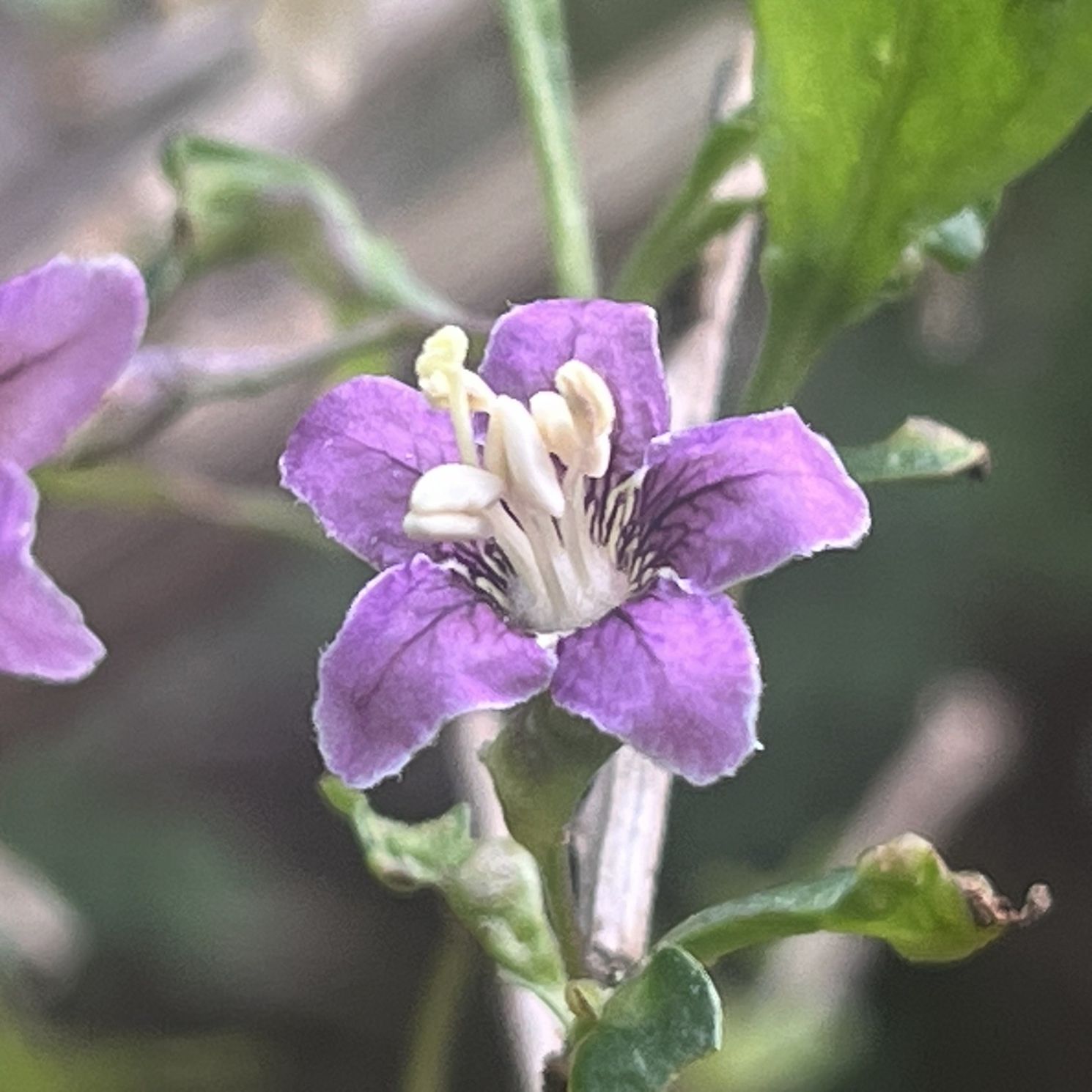クコは古来、不老長寿の薬木。痩せ地でも丈夫に育ち、夏から秋遅くまで、淡い青紫色の花が次々咲き、鮮やかな赤色の液果が次々実ります。
Chinese wolfberry has long been known as a medicinal tree for eternal youth and longevity. It thrives even in poor soil. From summer to late autumn, pale violet flowers bloom one after another, followed by a succession of bright red berries.
【仮名】クコ
【和名】枸杞
【英名】Chinese Wolfberry, Goji Berry
【学名】Lycium chinense
【誕生】08/ 18, 10/ 05
【開花】07, 08, 09, 10, 11月
【花色】Pink, Violet
クコ
クコの概要
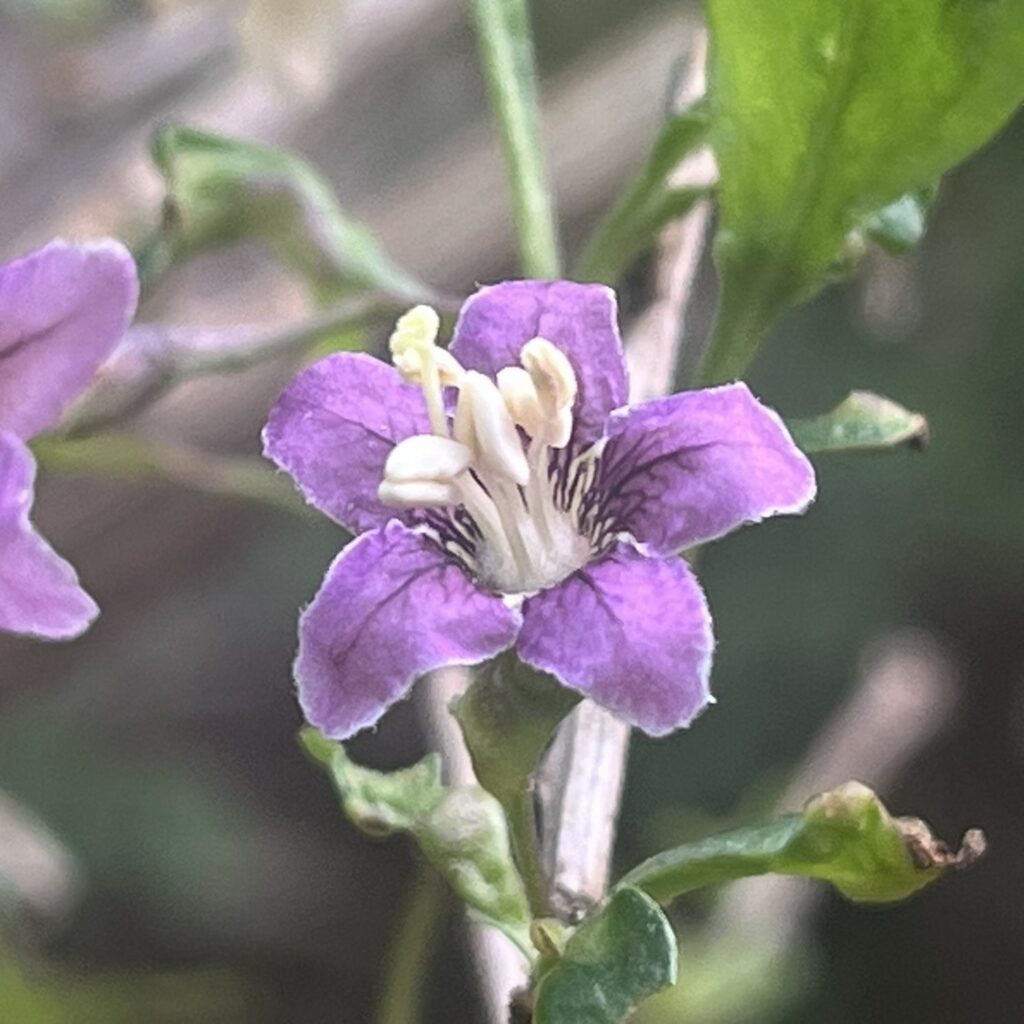
クコはナス科の落葉低木です。原産地は中国北部~朝鮮半島。古来、「不老長寿の薬木」として、大切にされました。日本へは奈良時代に渡来し、本州、四国、九州で帰化。痩せ地でも丈夫に育ち、夏から秋遅くまで、淡い青紫色の花が次々咲き、鮮やかな赤色の液果が次々実ります。
クコの名前
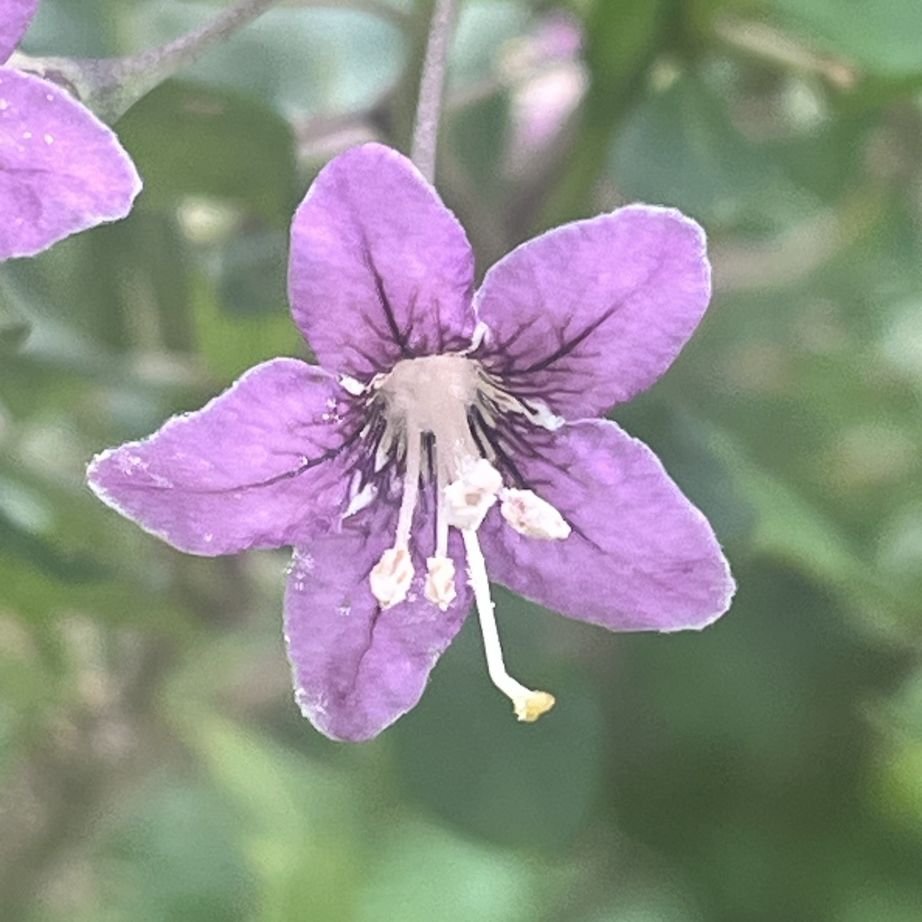
クコの名前の由来は中国名「枸杞」の音読み。枸杞の由来は棘が「枸橘」、枝が「杞柳」のようだからです。ラテン語の属名リキウムは古代アナトリアのリュキア地方に生えていた有刺の灌木に由来。それが「狼」を意味するリュコスと関連づけられ、英名が「狼の実」になりました。
クコの姿形
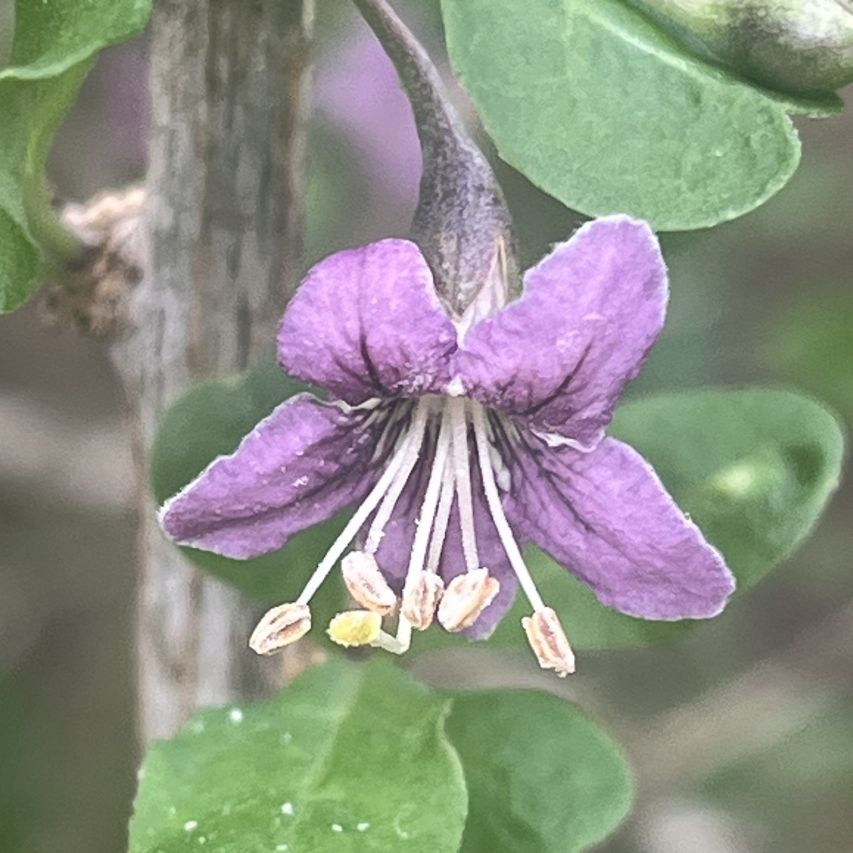
クコの枝はしなやかで先端が下垂。節々に鋭い棘が生えます。葉は互生または束生の披針形。葉腋から花柄を伸ばし、花が上を向いて咲きます。花は漏斗状で萼片が5枚、花弁が5枚、雄しべが5本、雌しべが2裂。花後は長球形の液果を結び、熟すと赤色に変わって甘味が生じます。
クコの利用
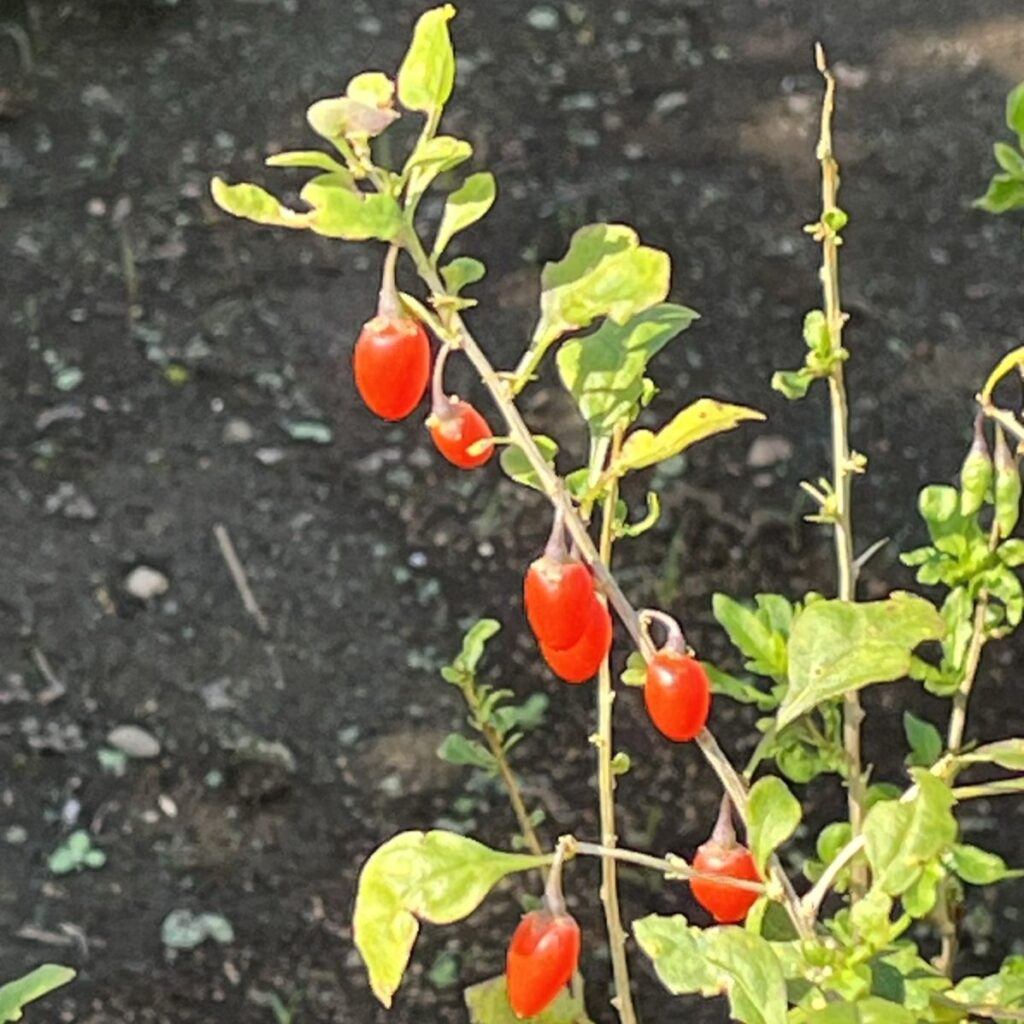
クコは液果が生薬「枸杞子」として目眩、頭痛、倦怠、耳鳴り、眼の疲れ、視力低下、虚弱、疲労などに用いられます。根が生薬「地骨皮」として発熱、咳、高血圧などに。若葉が生薬「枸杞葉」として滋養強壮などに用いられるほか、お浸し、和えもの、天ぷらなどで食べられます。
Chinese Wolfberry
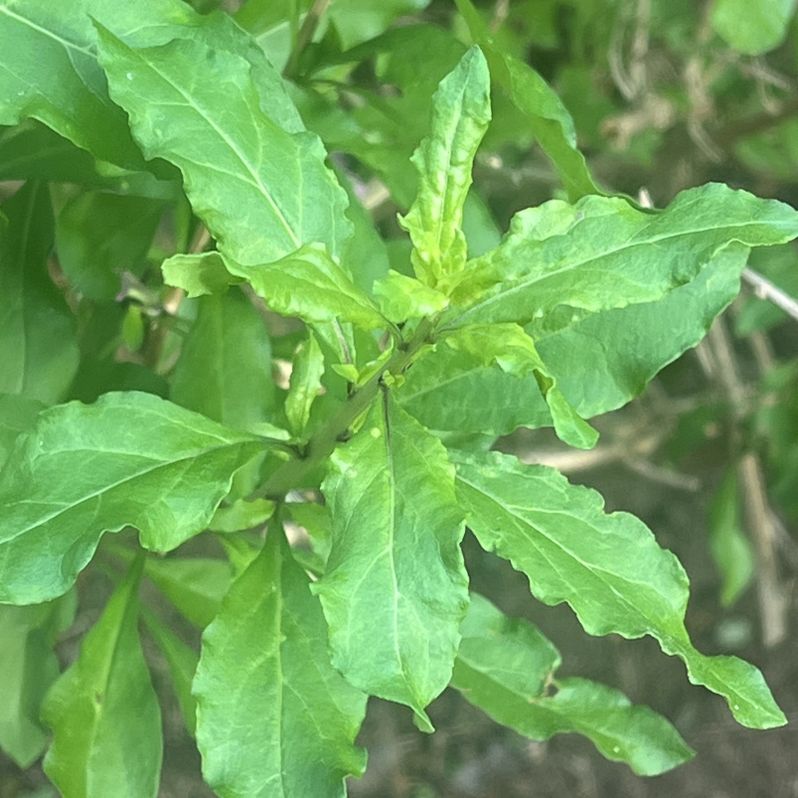
Chinese wolfberry is a deciduous shrub in the Solanaceae family. Its native range is from northern China to the Korean Peninsula. It has long been cherished as a medicinal tree for eternal youth and longevity. It was introduced to Japan during the Nara period and has become naturalized in Honshu, Shikoku, and Kyushu. It thrives even in poor soil. From summer to late autumn, pale violet flowers bloom one after another, followed by a succession of bright red berries.
The Japanese name for Chinese wolfberry is derived from the on-reading of its Chinese name. The Chinese name means “with thorns like Poncirus trifoliata and branches like Salix integra.” The Latin genus name, Lycium, comes from a thorny shrub that grew in the Lykia region of ancient Anatolia. This became associated with Lykos, meaning “wolf,” leading to the English name “wolfberry.”
Chinese wolfberry has flexible branches that droop at the tips. Sharp spines grow at the branch joints. The leaves are alternate or lanceolate, arranged in fascicles. Flowers grow on upward-facing pedicels extending from the leaf axils. The flowers are funnel-shaped with five sepals, five petals, five stamens, and a two-lobed pistil. After flowering, they produce oblong berries that turn red and become sweet when ripe.
The berries of Chinese wolfberry are used as an herbal medicine to treat dizziness, headaches, fatigue, tinnitus, eye strain, decreased vision, weakness, and fatigue. The roots are also used as an herbal medicine to treat fever, cough, and high blood pressure. Young leaves are used as a nourishing herb and as a tonic, and can also be eaten in blanched dishes, salads, and tempura.

